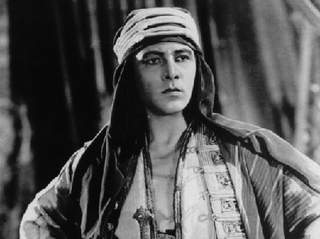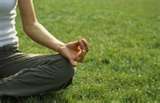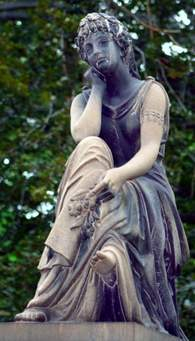When I was a child, it was tradition for my family to visit “Ike’s Chicken Shack” on Lake Traverse in Minnesota every Mother’s Day. The restaurant was so busy that families had to take a number and wait to eat. Therefore, entertainment was provided. Inside the entrance, to the left, in a large dark room, there was a theater screen, popcorn, and rows of seats. Classical music played in the background as Stan Laurel and Oliver Hardy appeared on the screen creating havoc with their on-screen antics. I was captivated. Not one word was spoken and yet I understood completely. So began an appreciation for the art of the silent film.
In case you are unfamiliar with silent films, they were moving pictures (movies) without sound, made popular from around 1900 through the late 1920’s. “Talkies” or movies with sound, had not yet been invented. The first movie released with sound was the The Jazz Singer in 1927.
In silent films, actors had to play out the scene using only their bodies and their faces to make the audience understand what was happening on the screen. Background music was provided during the film, originally performed by a live orchestra, or in smaller venues, an organ or piano.
The invention of moving pictures was the craze of its day. The stars of silent films were the first Hollywood celebrities. They could make you laugh out loud or cry in anguish, all without saying a word. Actors such as Gloria Swanson, Mary Pickford, Greta Garbo, and Douglas Fairbanks brought out the drama and emotion in a scene. Stan Laurel and Oliver Hardy made the audience roar with laughter with their pratfalls and comedic timing. There were actors willing to do very dangerous stunts like Buster Keaton, nicknamed Buster by Harry Houdini himself, riding the front of a moving train engine in Steamboat Bill, Jr. (1928) and Harold Lloyd who, in the unforgettable scene from Safety Last (1923), perilously dangled high above the street from the hand of a clock. And, there was Rudolph Valentino, arguably the very first male sex symbol, known for movies such as The Four Horsemen of the Apocalypse (1921) and The Sheik (1921) whose untimely death in 1926 at age 31 caused near hysteria and garnered a funeral attendance of over 100,000 people.

Rudolph Valentino
Silent films are a lost art and the actors were masters of their craft. They were pioneers that left their legacy on the screen in black and white, for the world to watch, but no one to hear.
Quote of the Day:
“Writing your own story is a bit like drilling your own teeth.’
– Gloria Swanson





